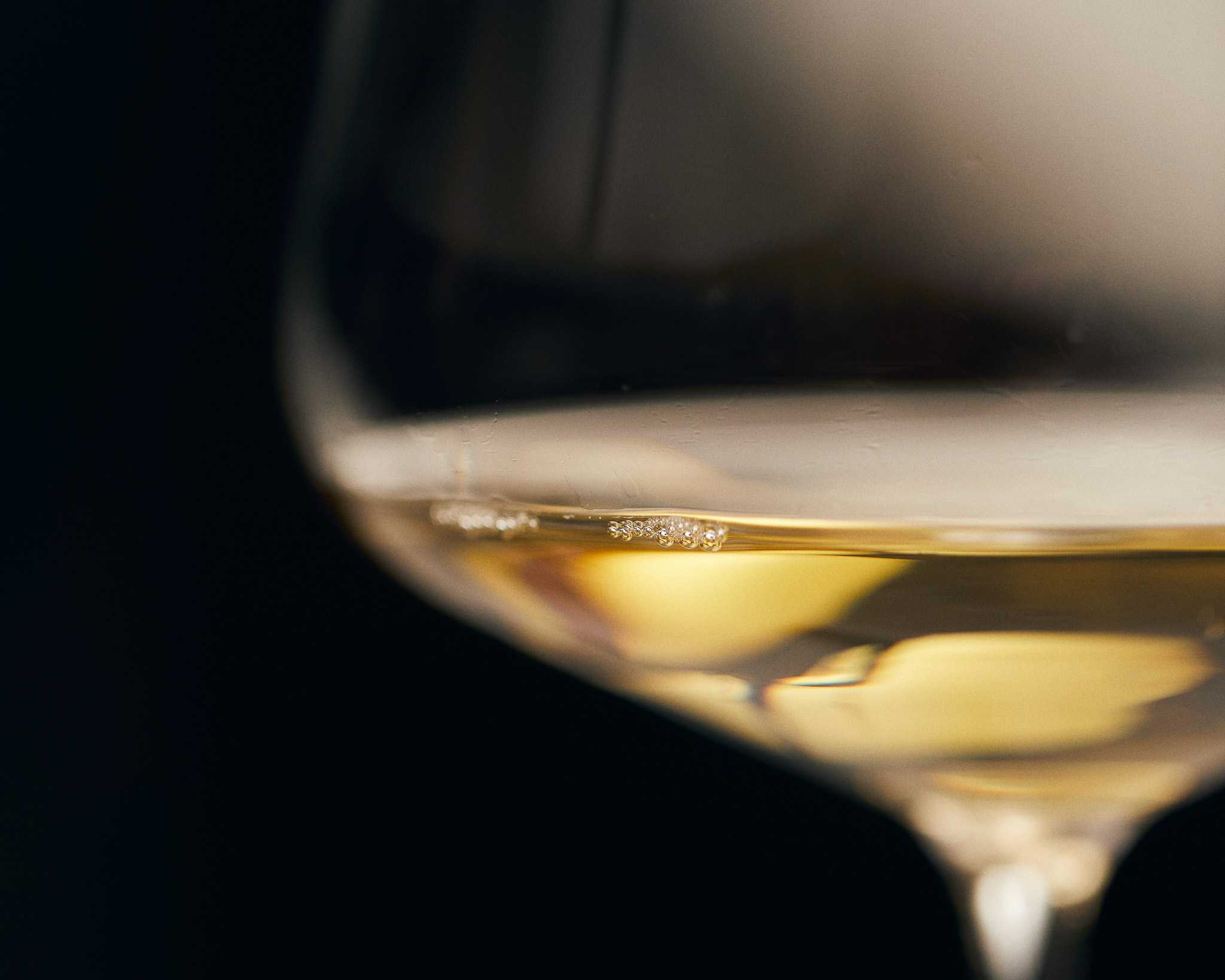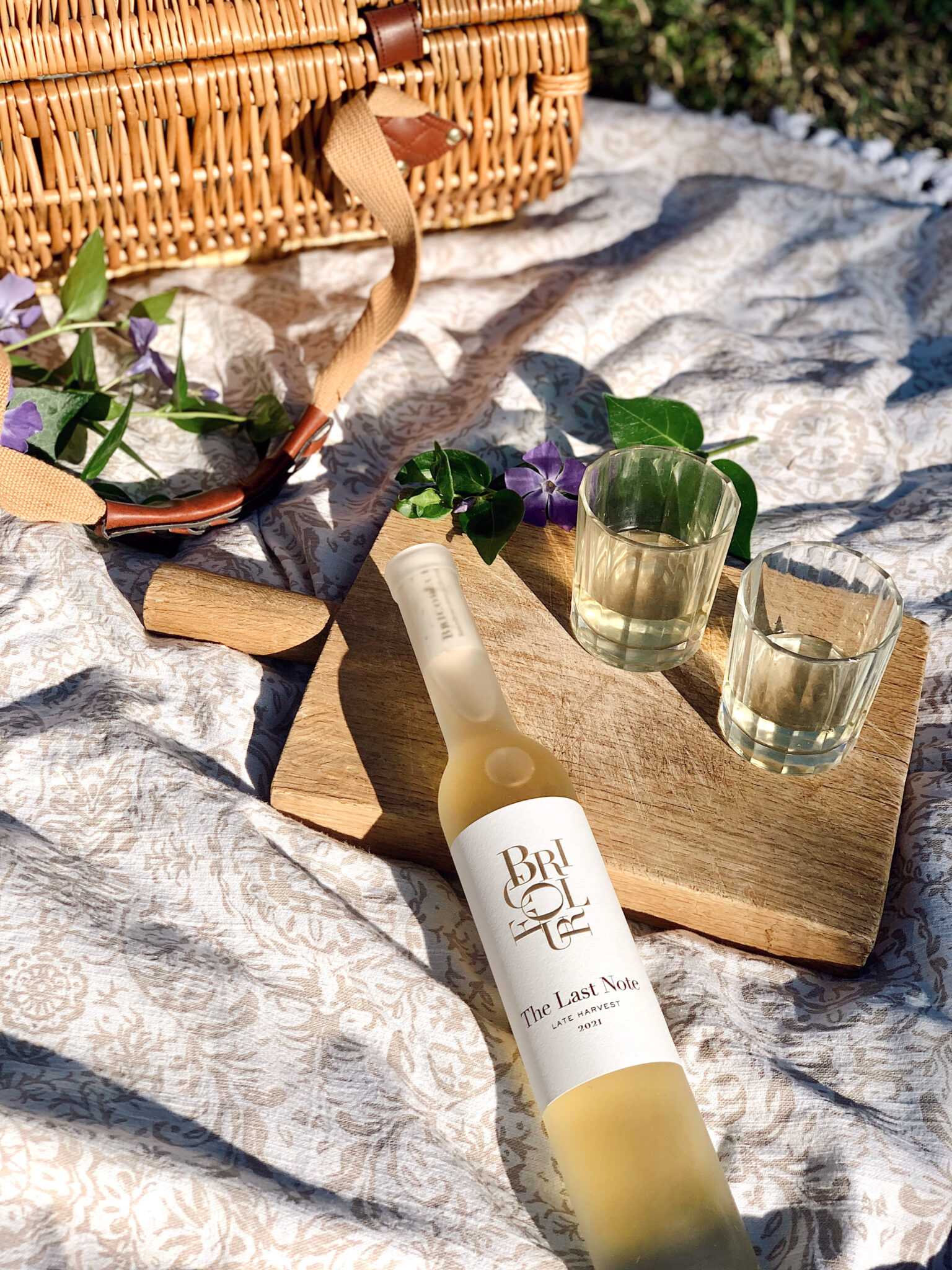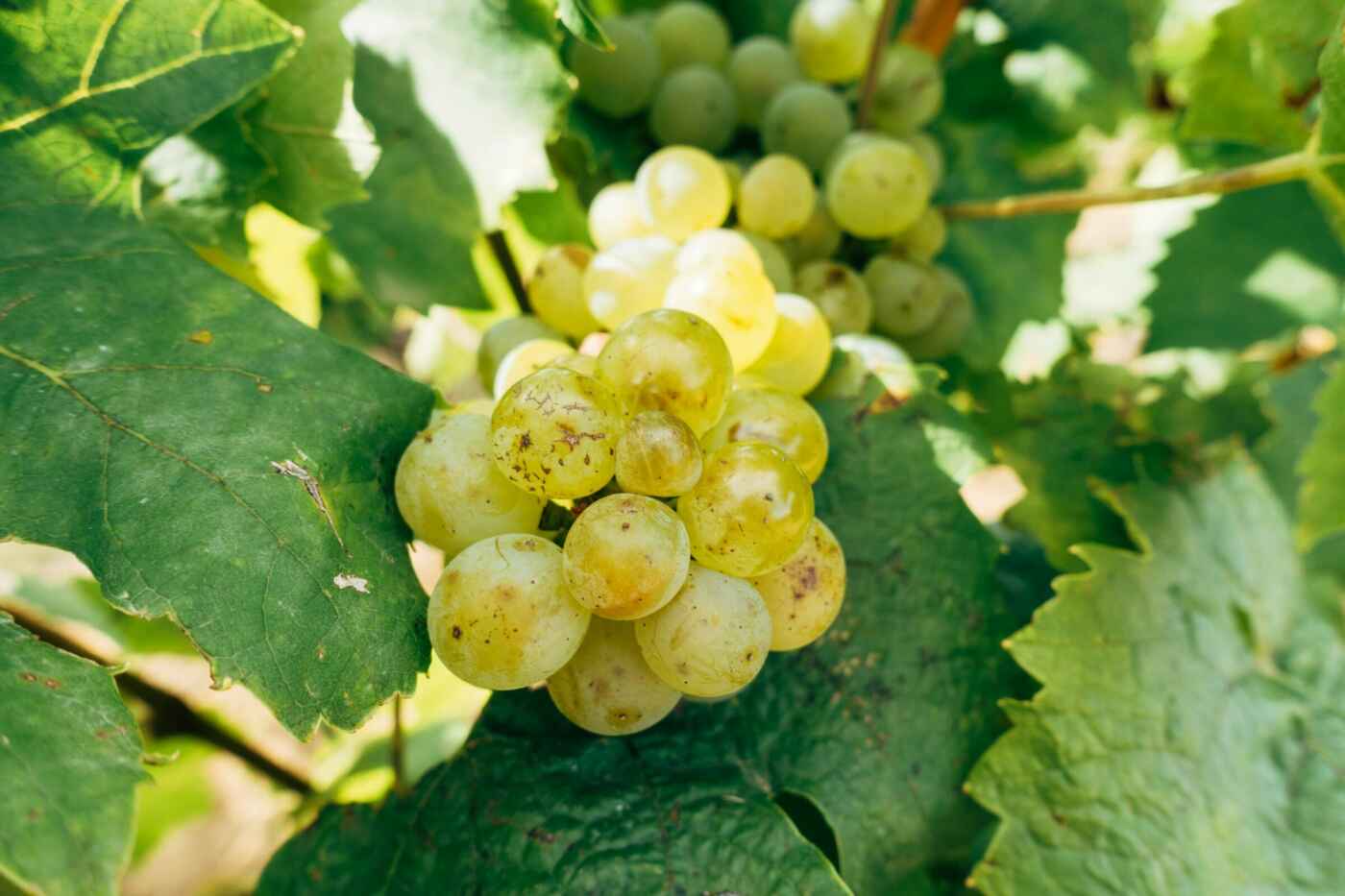Liquid Gold: Our Guide to Late Harvest Wines

If you’re a wine enthusiast, you’re probably familiar with late harvest wines.
Never heard of them? We’ll let you in on a little secret: that doesn’t mean you actually aren’t familiar with them. More commonly known as dessert wines or sweet wines, these wines offer a unique tasting experience to everyone from novice wine drinkers to seasoned connoisseurs thanks to their sweet, rich, and intense flavors.
But what exactly is it that makes late harvest wines so special? At Bricoleur Vineyards, we’re dedicated to understanding wine on the deepest possible level so we can continue to grow outstanding grapes that produce truly world-class wines. We love late harvest wines, and we want to make them a part of your world, too.

Understanding Late Harvest Wines
In its essence, late harvest wine is a dessert wine or a sweet wine. But how exactly do these wines differ from other styles?
Everything about late harvest wines is different. From how they’re grown, harvested, and produced to how they taste and should be served, late harvest wines are in a class of their own.
There are several different types of late harvest wines:
- Sauternes — from the Bordeaux region of France
- Tokaji — from Hungary, a lesser-known wine producer
- Trockenbeerenauslese (TBA) — from Germany
- Ice Wine (Eiswein) — produced in Germany, Canada, and Austria
Late Harvest Grapes & Grape Varietals
To better understand what makes these wines so exceptional, you first need to understand the types of grapes used in their production.
It’s true that any wine grape can be harvested at a later stage than usual, but certain grape varietals are better suited to late harvest than others. These include:
- Sémillon
- Sauvignon Blanc
- Muscadelle
- Furmint
- Hárslevelű
- Riesling
- Vidal
- Gewürztraminer
Don’t worry if you don’t recognize many of these grape varieties. Interestingly, most of the grapes used in the making of late harvest wines aren’t grown in your typical wine countries like France, Italy, and Spain.
Instead, many of these grapes are grown in countries with cooler climates, such as Germany, Hungary, and Canada.

Grape Harvesting & Production
So, how are these particular grapes harvested to bring out the uniquely sweet and complex flavors of late harvest dessert wines?
Late harvest grapes are left on the vine for longer periods of time than usual in order to allow the grapes to begin to over-ripen. During this phase, noble rot (or botrytis cinerea) begins to grow. This fungus causes the grapes to slowly dehydrate in a similar way to a raisin, increasing and intensifying their sugar content. This phase is where late harvest wines get their name and where the sweet flavors they’re known for really begin to develop.
Late harvest wines tend to have lower alcohol content than typical wines. This is because the yeast struggles to convert all the excess sugar into alcohol during the fermentation phase, delivering their characteristic sweetness instead.
When it comes time for the harvest, grapes are hand-picked to ensure only the very best grapes are selected to create these rich, delicious wines.
Late Harvest Flavor Profile
It goes without saying that the sweetness brought out in their production is what makes late harvest wines so unique and so popular among all kinds of wine drinkers.
While all dessert wines promise an indulgent tasting experience, there’s a wide variety of flavors that can be found in different late harvest wines. That said, here are some of the most common tasting notes found in dessert wines:
- Sweetness: Sweet notes balanced with complex acidity
- Tropical fruits: Particularity apricot, peach, pineapple, and mango
- Honey/caramel: Soft sweetness balances out sharper flavors
- Floral notes: Orange blossoms and honeysuckle cut through the tang
- Citrus: Lemon zest and jammy marmalade flavors
- Earthy: Nutty flavor profiles also come through in sweet wines

Late Harvest Aging Potential
If you’re looking to add to your wine collection, late harvest wines are an absolute essential thanks to their excellent aging potential.
The high sugar content within dessert wines serves as a natural preservative. As they age, more complex flavors begin to develop and shine through late harvest wines – particularly deeper notes of honey and caramel – while still maintaining their vibrant, fruity charm.
Late harvest wines improve with age, making them an incredibly valuable addition to any wine collection. Plus, it’s always a treat to have something different on hand when the mood for a little sweetness strikes!
At Bricoleur Vineyards, we focus on quality wines with exceptional aging potential. Explore our full range of premium wines here.
Late Harvest Wines at Bricoleur Vineyards
Bricoleur Vineyards’ 2021 ‘The Last Note’ is a particularly fun play on a late harvest dessert wine. The winemaking team at Bricoleur Vineyards decided to highlight two grape varieties in this golden beauty.
The wine is a blend of Chardonnay from the estate in Russian River Valley and Viognier grown at the second estate vineyard, Kick Ranch, in the Fountaingrove District AVA. In both cases, the grapes were allowed to hang on the vine until they developed incredibly rich and sweet flavors. The grapes were harvested at nearly 30° Brix. The sun-kissed golden-brown grapes were whole cluster pressed and fermented very cold to preserve tropical fruit aromas. Fermentation was arrested leaving mild alcohol and a dedicant sweetness, at 81 g/L residual sugar.
The wine impresses with fragrances of honeysuckle, dried pineapple, and lemon curd. Pair with your favorite citrus dessert for the perfect close to a wonderful evening.

Serving Recommendations & Food Pairings
Late harvest wines are best served chilled (between 50-55°F), ideally from tulip-shaped glassware that will help you enjoy the full range of complex flavors down to the very last sip.
When it comes to pairing late harvest wines with different dishes and cuisines, these wines are incredibly versatile and lend themselves perfectly to both sweet and savory foods.
Whether you’re sampling a glass of late harvest Sauvignon Blanc or trying out ice wines, here are some options we recommend to enhance your dessert wine tasting experience:
- Cheese boards
- Fruit-based desserts
- Rich desserts
- Spicy cuisines
- Foie-gras
- Nuts and dried fruits
Treat Yourself to a Luxury Wine Experience With Bricoleur Vineyards
Late harvest wines are a welcome addition to any experience. Whether you’re sipping a glass of sweet wine in the sun with friends or want to complement your meal with the perfect dessert wine, they’re an excellent way to bring something a little different to the table.
At Bricoleur Vineyards, we live and breathe wine thoughtfully produced in the Russian River Valley. Visit our Windsor wine tasting room in the heart of Sonoma County to sample something delicious from our collection and to learn even more about late harvest wines from the winemaking experts.